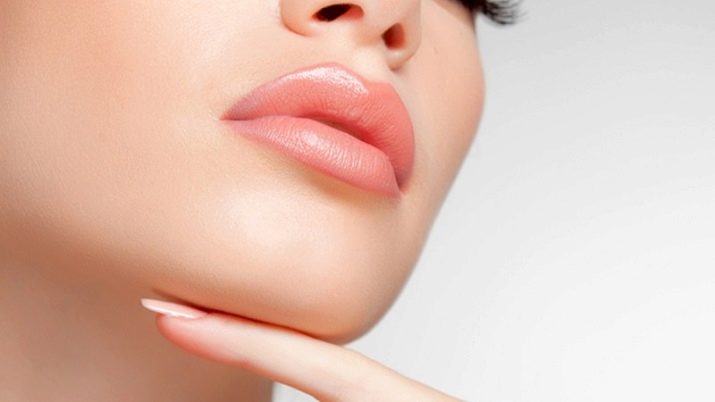All about chin hair removal
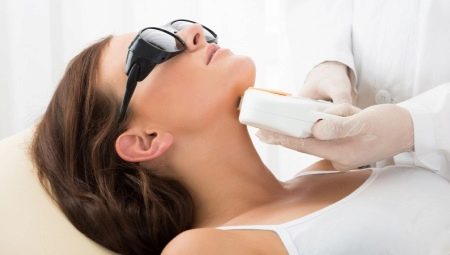
Thick hair on the head is the pride of any representative of the fair sex, which speaks of her youth. But if vegetation appears in other zones, then this can become a very unpleasant phenomenon, hairs on the chin worsen the woman's appearance and lead to serious psychological problems. Hair removal is considered an effective method of getting rid of hairs.
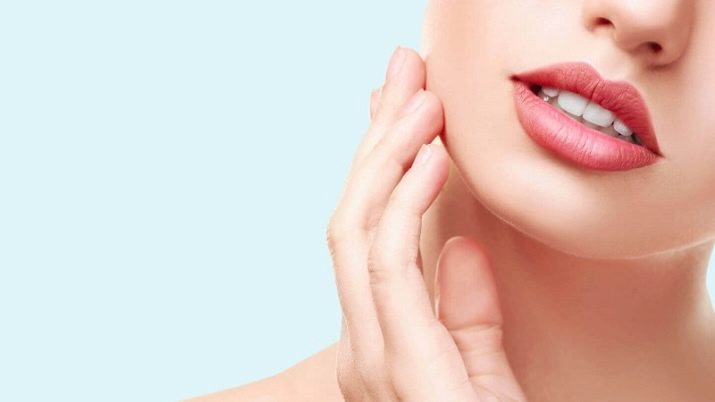
How is it different from depilation?
Often women face a problem when hair grows on the chin. To improve the appearance and get rid of unwanted vegetation, epilation is usually resorted to. Many people often confuse this procedure with depilation and use the terms synonymously. Nevertheless, the principle of action is different for them. Depilation is the cutting of hair from the surface of the skin without affecting the hair root. Unlike conventional depilation, hair removal is performed on the hair follicle.
Such a procedure has a more lasting effect - up to a month, and if we are talking about hardware exposure, for example, a laser, then the hairs can be removed forever. During depilation, only the top layer of hair is cut off, so regrowth is much faster.
What's more, new hairs become hard and dark. This is highly undesirable when it comes to a woman's face. That is why cosmetologists recommend that girls use hair removal.

Popular methods
There are many methods for getting rid of unwanted vegetation. But there are those that are used the most.
Laser depilation
One of the most popular methods of getting rid of excess facial hair is laser hair removal. The essence of the technique is reduced to the point effect of the laser. In this case, the radiation energy is transformed into heat. As a result of heating, the hair root dies, and the hair itself falls out within a few days.
The technique has its undoubted advantages:
- rapidity - the total duration of exposure to the chin area does not exceed 10-20 minutes;
- painlessness - if the treatment is carried out correctly, only a slight heating of the skin is felt;
- high efficiency - after several sessions of epilation, you can get perfectly even skin.
However, there are also some drawbacks.
- To achieve optimal quality, several exposures are required - from 3 to 10, depending on the characteristics of the hairline. In one session, only active bulbs burn out, the "sleeping" ones remain unaffected, so after a while new hairs grow out of them. After 3-4 weeks, the treatment has to be repeated.
- The procedure is effective only for dark hair. This is due to the peculiarities of the effect on melanin. With light vegetation, the method does not give the desired result.
- And finally, hair removal is by no means a cheap procedure. The entire course will cost a woman a tidy sum.

Advice: it is best to epilate in the autumn-winter period, when the activity of the sun is reduced to a minimum.
For all its harmlessness, the procedure has its own contraindications, namely:
- pregnancy;
- tumor processes;
- purulent inflammation of the skin;
- fevers and other pathological conditions accompanied by fever;
- exacerbation of chronic diseases;
- diabetes;
- pathology of the heart and blood vessels;
- autoimmune diseases accompanied by skin lesions;
- epilepsy, psychosis and other mental illnesses.
The procedure can give unpleasant complications - redness, burns and peeling, as well as the appearance of acne.

Photoepilation
This method involves exposure of the hair follicles to light flashes. Once in the hair follicles, they are converted into heat energy and burn the bulbs. The best result can be achieved when used on light skin and dark hair - in this case, the energy is not dissipated for pigmentation of the skin and is fully directed to the hair.
Processing takes no more than a quarter of an hour. All the advantages and disadvantages of the procedure, as well as contraindications and the list of complications completely coincide with those for laser hair removal.
Electrolysis
This method is based on the use of electric epilators. It is important that the length of the hairs must be at least 4 mm, otherwise the device will not be able to capture them. The technique is quite painful, it greatly irritates the skin, therefore it requires special care after treatment with the use of antiseptic and soothing ointments and gels. The effect of the manipulation lasts about 2.5-3 weeks, then the hairs grow back. The advantages of the method include the ability to conduct it independently.
Electrolysis can also be carried out using electric current. To do this, a needle is inserted under the skin and an electric discharge is applied to the bulb. As a result of this effect, the hair root is destroyed along with the vessels feeding it. This is a long, painstaking, very painful and expensive procedure. In addition, it damages the epidermis, which causes edema, inflammation, scarring and areas of hyperpigmentation. Most often it is used for single hairs.
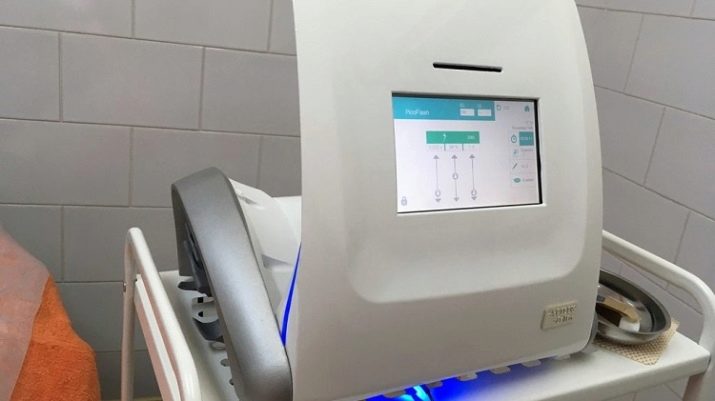
Folk remedies
In everyday life, there are many ways to get rid of unnecessary vegetation. Strictly speaking, they cannot be classified as epilation, since they are based on the removal of the visible part of the hairs. Nevertheless, with regular use, they give good results - the hair gradually becomes thinner and stops growing back.
Most often they use well-known means.
- Hydrogen peroxide. A 3% solution is applied to cotton wool and the chin is treated. Such sessions are carried out until the vegetation acquires the desired shade.
- Ammonia. Mix ammonia and rubbing alcohol in a ratio of 1 to 3, add a couple of drops of iodine and apply to hairs for 20 minutes.
- Nut tincture. Prepared from the shell and partitions of a ripe walnut at the rate of 1 tbsp. l blanks for 0.5 tbsp. pure alcohol, it is necessary to insist 7-14 days. The composition is applied to cotton wool and applied to the hairs every day.
- Ash. Ash is mixed with laundry soap in equal proportions, boiling water is added so as to obtain the consistency of sour cream and applied to the hair for half an hour every day until the result appears.
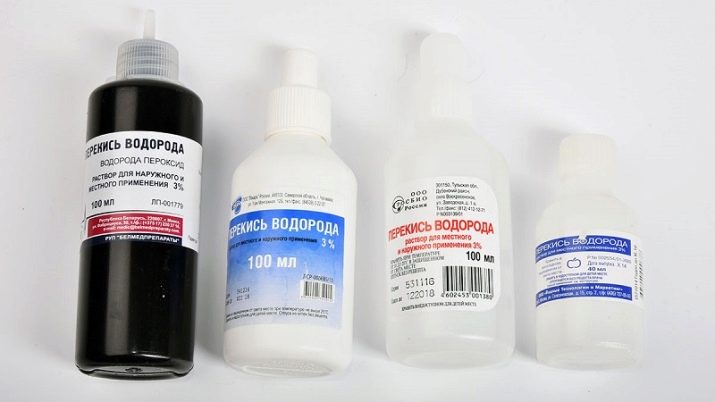
Other
At home, they also resort to other methods of hair removal. So, tweezers and a thread are used to epilate a small number of hairs. To remove a large amount of vegetation, it is better to give preference to waxing or shugaring.
Skin care after the procedure
Regardless of the method of hair removal, the skin after the manipulations will be irritated. To reduce the risk of side effects, immediately after manipulation, it is necessary to treat the skin with a disinfectant. Within a few days after treatment, the skin must be intensively moisturized and softened. During this period, decorative cosmetics should be avoided - its use can provoke the appearance of profuse pustules and inflammation.
In the first 3-5 days after treatment, you should not visit baths and saunas and pools, as well as sunbathe - on the beach or in a solarium. It is strictly forbidden to take drugs based on hormones and peptides after hair removal, this leads to an aggravation of endocrine disorders in the body. The use of funds based on badyag or leech also leads to adverse consequences, they increase blood flow in the epidermis and cause increased hair growth.
Review overview
Numerous reviews indicate that a properly conducted epilation course allows you to get rid of facial hair for a long time. But homemade formulations often lead to undesirable consequences - burns, scars and rashes. Such consequences are discussed in some reviews. These funds endanger not only your appearance, but also your health. Facial hair is a problem, but it can be corrected.
The most important thing is to combine aesthetic hair removal with drug treatment of the cause of the pathology. If the hormonal background is not normalized, then all measures to remove unwanted vegetation will be only temporary.
